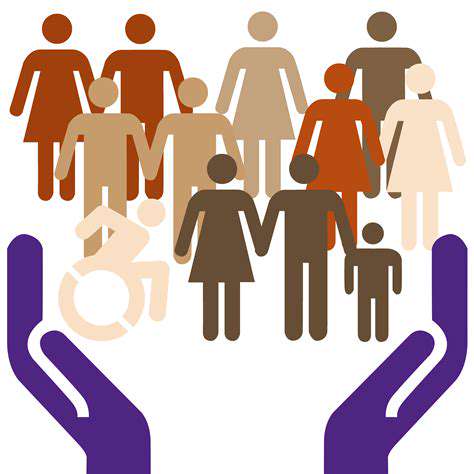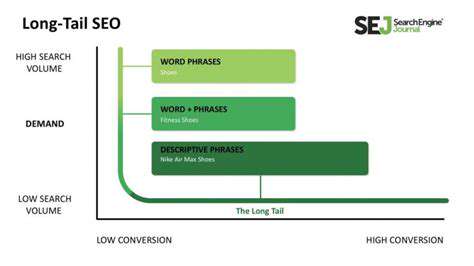Crisis Communication in the Digital Age
Building a Robust Crisis Communication Plan

Defining Crisis Communication
Crisis communication is a crucial aspect of organizational management, encompassing the strategies and actions taken to address and mitigate the impact of a crisis. It involves proactively preparing for potential crises, developing clear communication protocols, and effectively disseminating information to stakeholders during and after a crisis event. Effective crisis communication is critical for maintaining reputation, preserving trust, and minimizing damage. A well-defined crisis communication plan can significantly influence public perception and the long-term success of an organization.
This process goes beyond simply issuing press releases. It requires a deep understanding of the stakeholders involved and the specific context of the crisis. Different stakeholders require different types of information, and tailoring the message accordingly is essential for effective communication.
Developing a Crisis Communication Plan
A robust crisis communication plan should be a living document, regularly reviewed and updated to reflect current organizational needs and potential risks. It should include detailed procedures for identifying, assessing, and responding to various crisis scenarios. The plan should also outline roles and responsibilities for key personnel involved in the communication process.
This plan should detail the communication channels to be used, ensuring that messages reach all relevant stakeholders effectively. This often involves a mix of traditional media, social media, and internal communication platforms.
Identifying Key Stakeholders
Identifying and understanding the needs of key stakeholders is paramount in crisis communication. This includes employees, customers, investors, the media, and the wider community. Understanding their perspectives and concerns is essential for crafting tailored and effective communication strategies. By understanding the specific needs of each stakeholder group, organizations can develop targeted messages that resonate with their concerns.
Failing to consider the diverse needs of stakeholders can lead to misunderstandings and exacerbate the crisis situation. Therefore, a comprehensive stakeholder analysis is a cornerstone of effective crisis communication.
Crafting Effective Messages
Crises demand clear, concise, and empathetic communication. Messages should be tailored to different audiences, acknowledging the emotional impact of the crisis while providing factual and reassuring information. Transparency and honesty are paramount in building trust with stakeholders. Vague or contradictory statements can damage credibility and further escalate the crisis.
Messages should be delivered through the appropriate channels and in a timely manner. Prompt and consistent communication helps maintain order and minimizes speculation.
Training and Practice
Regular training for all personnel involved in crisis communication is essential. This training should cover various crisis scenarios, communication protocols, and best practices for handling media inquiries. It's crucial that employees at all levels understand their roles and responsibilities during a crisis.
Simulation exercises and drills provide invaluable opportunities to practice crisis communication procedures. These exercises help identify weaknesses in the plan and refine communication strategies, ensuring preparedness and minimizing potential errors during an actual crisis.
Monitoring and Evaluation
Post-crisis, monitoring and evaluating the effectiveness of the communication strategy is critical. Analyzing the feedback received from stakeholders, media coverage, and internal reports helps identify areas for improvement in future crisis communication plans. This ongoing evaluation ensures continuous improvement and enhances the organization's ability to respond effectively to future crises.
Learning from past experiences is vital for refining crisis communication strategies. Thorough post-crisis reviews help organizations understand what worked well and what could be improved, leading to a more robust and effective approach in the future.

Read more about Crisis Communication in the Digital Age
Hot Recommendations
- Attribution Modeling in Google Analytics: Credit Where It's Due
- Understanding Statistical Significance in A/B Testing
- Future Proofing Your Brand in the Digital Landscape
- Measuring CTV Ad Performance: Key Metrics
- Negative Keywords: Preventing Wasted Ad Spend
- Building Local Citations: Essential for Local SEO
- Responsive Design for Mobile Devices: A Practical Guide
- Mobile First Web Design: Ensuring a Seamless User Experience
- Understanding Your Competitors' Digital Marketing Strategies
- Google Display Network: Reaching a Broader Audience











